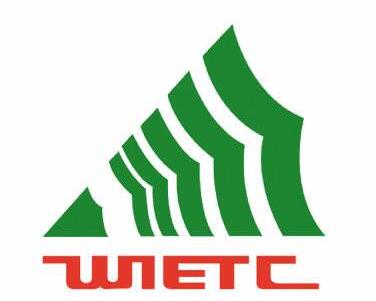翻譯新聞 News
商務翻譯例文---付款方式/Terms of Payment
來(lái)源:網絡 作(zuò)者:本站 發布時(shí)間(jiān):2024年01月29日 閱讀次數(shù): 次
Just as in domestic trade, any transaction in international trade, large or small, has to be settled through payment by the buyer. However, payment in international trade is often beset with more difficulties owing to the fact that either party to a business transaction has relatively limited knowledge of the financial strength and commercial reputation of his counterpart. To guarantee the punctual delivery on the part of the seller and payment by the buyer, different modes of payments have been created, which can be divided into three kinds, namely, remittance, collection and Letter of Credit (L/C). Remittance can be divided into Mail Transfer (M/T), Telegraphic Transfer (T/T) and Demand Draft (D/D) and collection divided into Documents against Payment (D/P) and Documents against Acceptance (D/A). Remittance and collection are two kinds of commercial credit, while letter of credit belongs to banker's credit. In remittance or collection transaction, the buyer is responsible to make payment, the seller to surrender documents. In L/C transaction, the banker is responsible to pay money and tender documents on behalf of both parties.
【參考譯文】
同國內(nèi)貿易一樣,任何國際貿易交易,無論金額大(dà)小(xiǎo),都要通(tōng)過買方付款來(lái)結算(suàn)。然而由于國際貿易交易雙方對彼此的财務狀況及商業信譽了解有限,國際貿易支付在操作(zuò)中往往會(huì)遇到很(hěn)多(duō)困難。為(wèi)保證賣方及時(shí)交貨以及買方及時(shí)付款,人(rén)們創立了不同的支付方式。這些(xiē)支付方式可(kě)以分為(wèi)三種,即彙付、托收和(hé)信用證。彙付可(kě)分為(wèi)信彙(M/T)、電(diàn)彙(T/T)和(hé)票(piào)彙(D/D):托收可(kě)分為(wèi)付款交單(D/P)和(hé)承兌交單(D/A)。彙付和(hé)托收屬于商業信用,而信用證則屬于銀行(xíng)信用。在彙付或托收交易中,買方負責付款,賣方負責提交裝船(chuán)單據:在信用證付款的交易中,銀行(xíng)代表買賣雙方負責付款和(hé)提交單據。
【知識小(xiǎo)貼上(shàng)】
托收是出口商(債權人(rén))為(wèi)向國外進口商(債務人(rén))收取貨款,開(kāi)具彙票(piào)委托出口地銀行(xíng)通(tōng)過其在進口地銀行(xíng)的聯行(xíng)或代理(lǐ)行(xíng)向進口商收款的結算(suàn)方式。其基本做(zuò)法是出口方先行(xíng)發貨,然後備妥包括運輸單據(通(tōng)常是海運提單)在內(nèi)的貨運單據并開(kāi)出彙票(piào),把全套跟單彙票(piào)交出口地銀行(xíng)(托收行(xíng)),委托其通(tōng)過進口地的分行(xíng)或代理(lǐ)行(xíng)(代收行(xíng))向進口方收取貨款。
威海翻譯公司



















